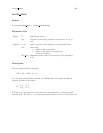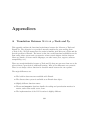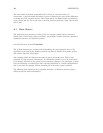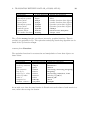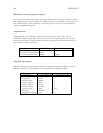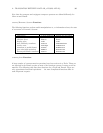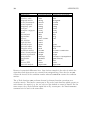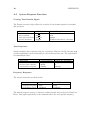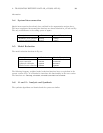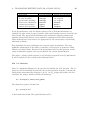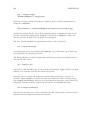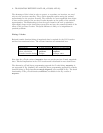402 APPENDICES
g1g = freq(g1,omega)
[mubnds,Dmagdata] = mu(g1g,blk)
From this, frequency domain D-scales are obtained, and a rational approximation is
obtained via musynfit.
[Dsys,Dinvsys] = musynfit(Dmagdata,blk,nmeas,nctrls,weight,g1g)
A difference between the Xµ and µ-Tools implementations of musynfit is that, in the
Xµ case, the inverse scaling system, Dinvsys, is generated by musynfit. Notice also
that the previous D-scale fit is not passed as an argument.
The new, D-scale weighted interconnection structure, ic2, is formed by,
ic2 = Dsys*ic*Dinvsys
A second design, k2, is now obtained with hinfsyn. Up to this point, the µ-Tools and
Xµ procedures are essentially the same.
The major difference is that the appropriate closed loop system is now formed with ic,
not ic2. In other words,
g2 = starp(ic,k2)
Note that ic and ic2 differ only by the D-scales and therefore µ(g2) would be the same
whether ic or ic2 were used for the closed loop system.
Now mu is used to analyze the frequency response ofg2, giving rise to a new set of
D-scales. Again, musynfit is used to fit state-space systems to these D-scales, giving
rise to D2sys and D2invsys. Now the next interconnection structure, ic3, is formed by
using these D-scales with the original interconnection. In command line form:
ic3 = D2sys*ic*D2invsys
Note that at each step, ic, is used to calculate the closed loop system, and also used to
calculate the next design interconnection structure.



